.
.
“Black Magic – 1960’s” was a finalist in our recently concluded 66th Short Fiction Contest, and is published with the consent of the author.
.
.
___
.
.
(cropped from) Strobridge Litho. Co., Cincinnati & New York/Restoration by trialsanderrors and Morn, CC BY 2.0, via Wikimedia Commons
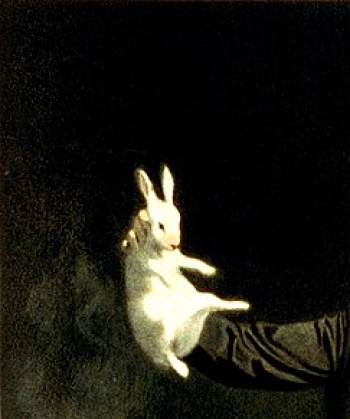
.
Black Magic – 1960’s
By Gavin Kayner
.
…..“Tell me about your hands,” I begin our first therapy session, having noted the raw jagged wounds on both palms. I had read the report and knew their history, but wanted Harrison to be the source of his recovery.
…..Him to come to terms with his cross.
…..He curls his hands into fists.
…..“It must have hurt,” I probe.
…..“If you want me to—reveal myself you’ll have to do better than that,” Harrison responds.
…..“It’s your trauma we want resolved. Your life we want put back together. Talk can help.”
…..“Words as alchemy.”
…..“Yes, in a manner of speaking.”
…..“Was that clever?”
…..“Unintentionally,” I say and offer a slight smile.
…..Harrison stands, seeking refuge in distance, and crosses to the barred window of our small, unadorned room. “I harmed no one and shouldn’t be incarcerated,” he says.
…..“You harmed yourself,” I remind him. “And until you’re no longer a danger in that regard—.”
…..He cuts me off saying, “Who decides that, damn-it?’
…..“We do,” I answer staying on script. “Together.”
…..Harrison peers out at the seared pale-blue sky. At freedom. “I’ve got to take responsibility for my actions,” he says, “is that it?”
…..“In part.”
…..He turns facing me and draws a shiny silver dollar from his pants pocket and appears to consider my response while attempting to manipulate the coin through his spidery fingers—dexterity once part of his act. The coin drops and clatters to the green concrete floor and rolls to the far corner. It seems a confession—of sorts. And he says, “Right. Profess then I can get the hell out of here.”
…..“That’s a first step toward that goal. I assure you.”
…..“Fine. I’ll hold you to it.” His agreement is more threat than condescension. “Where shall I start?”
…..“Where did it start for you?” I rejoin.
…..“As a white boy,” he answers.
…..My raised eyebrows register surprise. Harrison is Nubian black. A wonderfully made man of considerable presence. His carriage and bearing speak of African royalty. His broad face all sharp angles seeming carved from obsidian.
…..He has my attention.
…..“Absolutely,” Harrison continues. “I didn’t know I was a color into age five. Being reared by white parents in a white neighborhood peopled by white folks behind white picket fences that should be no surprise.”
…..“You were adopted,” I observe.
…..“Reparation by adoption, yes. And life seemed grand until I grew beyond my ego-centered self and realized I stood out as—a smudge on the landscape, a ‘Neegro’ at the dinner table, I felt—how should I say—discombobulated?”
…..“Is that even a word?’ I ask striving for conviviality.
…..“Why, because I used it?” Harrison challenges me. “A witless Black man.”
…..I refuse the bait and counter, “Ah. You’ve whittled everything down to bigotry.”
…..Harrison steps into me. “Until I’m shown otherwise, yes.”
…..We check each other for a moment. Being relatively new to psychiatry, I’ve had very little experience engaging with African Americans as patients. That and given my own blatant Caucasian aspect, my youthful naiveté are bound to make our sessions more than challenging. I dial myself back—consider other ways in.
…..“Here,” I say, “let’s concentrate on your healing.”
…..Harrison steps away. Flashes his magnetic smile, but it’s cool and has no charm in it.
…..“As I said,” he carries on, “I was—confused. Still, in that small universe, this colored boy became everyone’s friend—but my own. Classmates included me in all their activities—in and out of school. They even elected their token African student body president. Imagine that.”
…..“You felt their—engagement unauthentic.”
…..“They tried so hard to accept me—love me because I am Black, not because I’m imminently loveable.”
…..“You didn’t trust them?”
…..“They hid the truth, Doctor! Later, more honest men with more callused hands corrected any misunderstandings.”
…..“You were beaten.”
…..Harrison comes around the table and fronts me. “Is this how it’s going to be? You interrupting me with your textbook responses. Christ, you’re not dealing with some idiot.”
…..“We can work any way you like.”
…..“What I’d like is to be respected!”
…..I’m a slight man and could easily be tumbled by Harrison. Yet, even though a fierce intensity shimmers in his radiant eyes, I stand my ground. “There’s a difference between respect and fear,” I venture, feeling some of both.
…..Harrison measures my words. “Well played,” he says and adjusts the collar on my white clinical coat. Fingers my nametag. “Yeah, well played Dr. Karinski,” he affirms and retreats as he resumes his tale. “All right. I was beaten. Years ago. They caved in my ribs and my head and left me there for the city to sweep up with all the other refuse. Spent two weeks in the hospital – and never fully recovered. But what a piece of luck that near-death experience turned out to be. A magician came to entertain us juveniles. He put a black rabbit into a top hat, waved his elegant fingers over the opening and pulled out a white one. There I had my answer! There is how I would surmount my—obstacles: live and work in a world where appearances are deceiving. Where it’s understood what you see is not what you get. So, I spent the next several months of my recovery and then years afterwards studying those—black arts.” Harrison motions voila with his hands referencing himself. “Perfect. No?” he says.
…..“So, you became a magician,” I answer ignoring the pointed reference.
…..“One of the best, Doctor. I was undetectable. Shazam.” Harrison claps his hands together and in separating them eyes the recent wounds. And focused on them speaks, “How we doing thus far?”
…..“How do you feel we’re doing?”
…..“Damn!” he exclaims, the focus back on me. “The non-committal responses are really irritating. You’ve got to give me something back, Doc. Feed the kitty.”
…..“I’m respecting your story.”
…..“Substantive stuff, man, not pablum.”
…..“Okay,” I say and intrigued by this fascinating man decide to humor him and perhaps myself by allowing for more engagement outside the prescriptive practices and step into his world with, “You found solace in levitating women.”
…..“Solace. Hell, magic is how we understand the universe.”
…..“But they’re tricks. Illusions.”
…..“The art of possibilities, Karniski. Belief in the unbelievable. Faith in the unfathomable. That’s why people paid me to pour water from an empty cup. Why they praised my name when I changed a handkerchief to a dove. Shouted hosannas and threw palm fronds at my feet when I produced two coins where there was one.”
…..“But how does levitating women or other such business explain anything?” I protest.
,,,,,“It’s the manifestation of an idea, Doc. The promise not the promise kept. The hope not the hoped for. My god, if we ever actually get to heaven, there’s your nightmare.”
…..I flash a quick look at the camera in the upper far corner of the room. I must tread carefully here. Do no harm. Push too far, too quickly damage can be done. On the other hand, when opportunity presents itself, one should invite it in.
…..“You see magic as—what, one more distraction. Keeping our eyes off the, how should I say, grim realities.”
…..“The world has always been hungry for wizards, sorcerers, conjurers, shamans, con-men.”
…..“Saviors.”
…..“Especially them.”
…..“You saw yourself as a savior. Is that it?”
…..Harrison’s body, his expression ices over. He closes his eyes as if processing a damnable affront. Breathing it in. Wrestling with it. I rest my hands on the table awaiting a fearsome rebuttal. Hoping we won’t need any intervention.
…..We hold. Time seemingly a relief valve. Each tick of clock draining away some of the tension.
…..Till, the moment bridged and Harrison, having mastered his emotions, speaks—quietly and from a profound place, “Can you conceptualize how exhausting it is to be a Black man in America?” he asks.
…..I release the table and say, “No.”
…..“No,” he echoes.
…..We both understand how wholly inadequate I am in the service of advancing Harrison’s journey to mental health. The depth and breadth of his bitter experiences are a weight I couldn’t even carry much less fully appreciate. I can empathize but not realize.
…..Harrison drops onto a chair at the table and kicks out the other as an invitation for me to sit. I do. He’s apparently decided to make allowances for my unsuitability.
…..I settle in to listen—intently. At least I can be fully present.
…..“As I was saying,” he presses on, “I perfected my craft and played in venues all over America, but no matter the artfulness of my tricks, I remained a Black man—that African. Suspect. Dangerous. On the outside even of myself. So, I went to Europe where color is a characteristic not a condemnation. Traveling through Spain, I happened on a Mass in a medieval monastery. Monks in their homespun brown robes and rope sandals—straight out of the 15th century entered the sanctuary followed by the celebrant who addressed the altar with a large billowing incense burner. Then the stations of the cross. Now the church was awash with sweet smoke and secrets. And the golden crucifix suspended over the altar seemed something of the illusionist’s trick—hanging without discernable support. Magic hovered literally in the air. And when the chanting—the haunting, harmonious intonations of the monks’ voices spiraled up with the incense—rose beyond the here to the hereafter, I was exhilarated and the tears streaming down my face wouldn’t be stopped. They wouldn’t be stopped, Doctor. But it wasn’t the smoke. You understand it wasn’t the smoke. It was Christ’s crucifixion. The greatest conjurer of all time performing his finest illusion. Oh, I wept with joy.”
…..I could smell the incense. Hear the monks at song. And encourage Harrison by leaning in.
…..“Joy, Karinski,” he continues. “For you see, that swarthy Galilea had himself nailed to gnarled wood and was resurrected blond, blue-eyed and white. Abracadabra.”
…..I know what he means. The pale reproductions in churches. Even in movies. A Christ to accommodate the European multitudes.
…..And began to see where his story led us.
…..Harrison stands and returns to the window. “Nine days after returning to America,” he says out to the wickedly bright day, “four Caucasian males fire-bombed a Baptist church in Birmingham, Alabama and burned four children to death. They were Black before the fire ate them alive.
…..“One more act of terrorism among so many. Still, it staggered me. And I thought of my own daughter. Adia. I named her. Swahili for gift. Oh, she was a splendid child, Doc. An ebony black girl whose luminescent skin had an entire continent smoldering in it—the glow of kings and queens—the story of Man resonating in her prodigal pigmentation. I thought of her and prayed. Prayed she’d survive the pestilence.
…..“I prayed in vain.
…..“Because the girl was colored and that’s still a crime in America. Still. Still a crime.”
…..Harrison contemplates his hands. Again. The flesh rendered there.
…..My immediate silence speaks for me. Denial untenable. The wound of racism festers yet in the soul of this country. Lingers in my essential self. I can attest to that. Acknowledge it. The least I can do. Acknowledgement can lead to healing, as with his hands. So, I shift in my chair and admit, “Yes, it’s still a crime.”
…..But Harrison has no ear for me now. He’s deep in his story and says, “So when that reporter—that predatory reporter, three weeks later, provided me all the grisly details of how Adia, an asthmatic was toyed with, assaulted, restrained and suffocated in the back of a police car, I struck him. Struck him!
…..“And shattered, plummeted into hell
…..“I needed magic to save me then, Doctor. To save me from the depths. Resurrect me. That ultimate miracle.
…..“Oh, did I ever.”
…..“Understandable,” I say.
…..“Unbearable, Karinski!” Harrison bellows at me. “Unfucking bearable! My utter despair. My rank desolation. So, yes. Yes, I took up my cross. My literal cross. And with hammer and spike in hand, secured my feet to the rough wood. My left hand to the perpendicular. And dropping the hammer, flung my right hand across my chest against the spike already driven through the beam opposite and hung there.
…..“And I called out ‘Take this burden from me! Take. This. Burden. Good god almighty take it!
…..“And—blacked out.
…..“And ended up here,” he says. “Having betrayed myself. Having my art betray me. As you can tell,” he adds referencing his appearance.
…..Harrison, exhausted now and with his back against the wall, slips to a sitting position on the floor. He shudders, draws his knees up to his chest and wraps his arms around his legs. He wants comforting. Embracing, but it’s beyond protocol.
…..Still, I stand. Step toward him. Crouch down. “I’m so sorry,” I offer. “For your daughter. For all of it.”
…..“We didn’t ask to be ‘niggers,’” he tells me.
…..“No,” I say. “No, you did not.”
…..We’re quiet for a moment that way. I have no practical or practiced response to address his pain. No patter to rectify so much done wrong.
…..Harrison straightens his back. “Well, you got what you wanted, Doctor,” he says and pushes up from the floor. “Show’s over.”
…..I likewise stand. “This is only curtain up,” I say. “Prelude to recovery.”
…..“I remain a Black man in America,” Harrison answers. “How do I recover from that?”
…..And he exits the room.
…..No need to wait for a response.
…..I have none.
.
.
___
.
.
Gavin Kayner’s poems, plays and prose have won numerous awards and appeared in a variety of publications. He thanks the folks at Jerry Jazz Musician for this opportunity.
.
___
.
.
Click here to help support the continuing publication of Jerry Jazz Musician, and to keep it ad and commercial-free (thank you!)
.
Click here to read “Not From Around Here,” Jeff Dingler’s winning story in the 66th Jerry Jazz Musician Short Fiction Contest
Click here to read more short fiction published on Jerry Jazz Musician
Click here to read The Sunday Poem
Click here for information about how to submit your poetry or short fiction
Click here for details about the upcoming 67th Jerry Jazz Musician Short Fiction Contest
Click here to subscribe to the Jerry Jazz Musician quarterly newsletter (it’s free)
.
.
.
___
.
.
Jerry Jazz Musician…human produced (and AI-free) since 1999
.
.
.








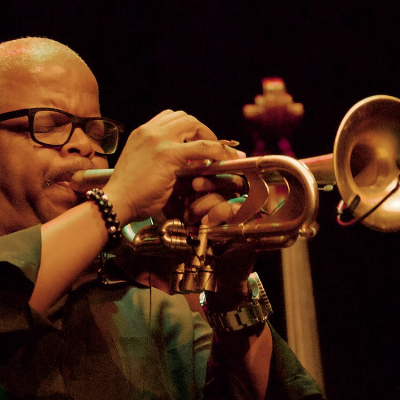

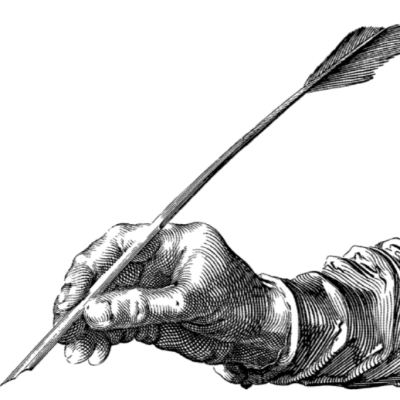
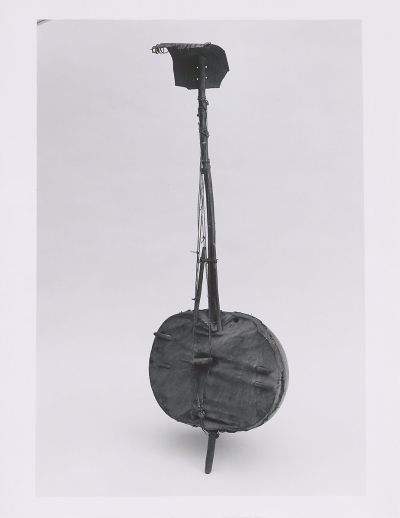


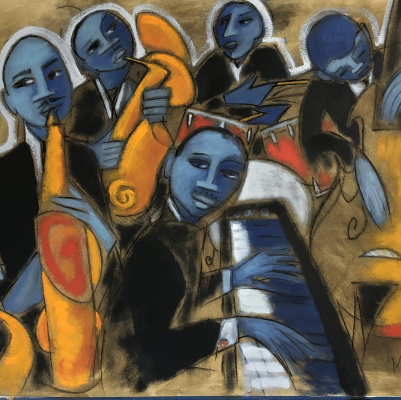




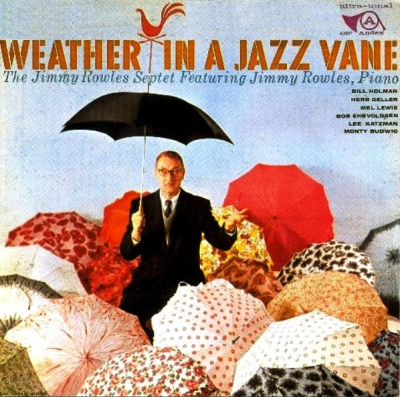


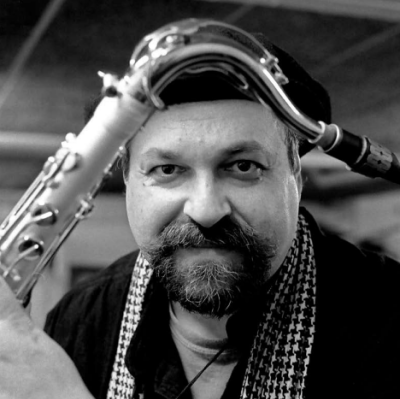


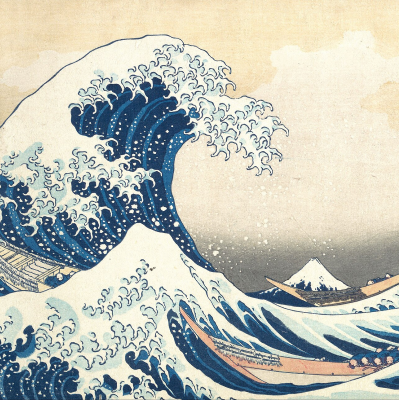

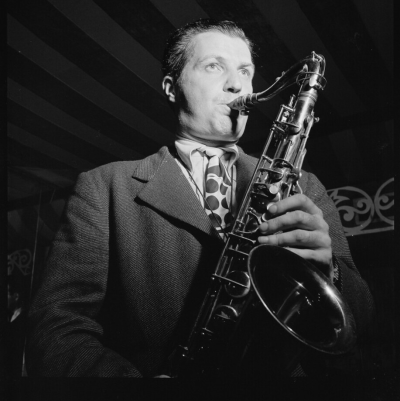

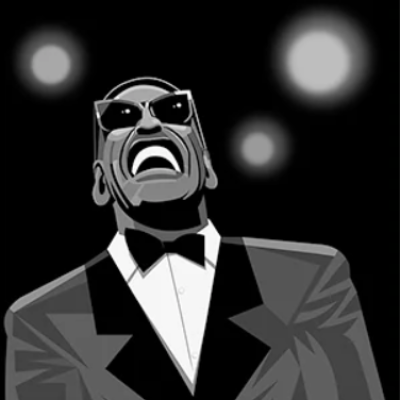






I was captivated by this poignant, well crafted story. Kudos to the author and to your beautiful site!